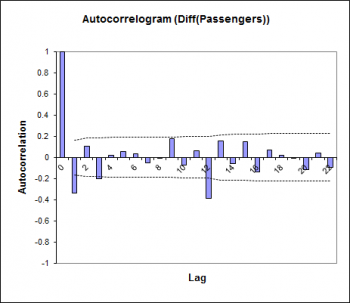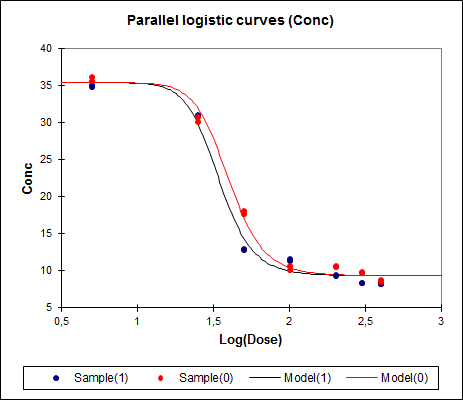


Real Statistics Data Analysis Tool: We now show how to use the Dunnett’s Test data analysis tool to address Example 1.Įxample 1: Assuming that Method 1 is the control group in Example 2 of ANOVA Basic Concepts, compare the mean of this method with the means of the other methods using Dunnett’s test. When txt = TRUE, then the output takes the form “. 01, DPROB is rounded down to 0, while if the p-value is greater than. Note that when txt = FALSE (default) if the p-value is less than. Real Statistics Function: The following function is provided in the Real Statistics Resource Pack:ĭCRIT( k, df, α, interp) = the critical value t d for k independent variables, the given degrees of freedom and value of alpha. If interp = TRUE (default) the recommended interpolation is used otherwise linear interpolation is used.ĭ PROB ( x, k, df, iter, interp, txt ) = estimated p-value for the Dunnett’s test at x for the distribution with k groups, degrees of freedom df, iter = # of iterations in estimating the p-value from the Dunnett’s table of critical values (default = 40) and interp = TRUE (default) for recommended interpolation and FALSE (linear interpolation). The test can also be used when the group means are not equal viaĪlthough, since Dunnett’s Table is based on equal group sizes, the above formula is only accurate if the group sizes are not too different. The table contains the values t d( k, df W, α) where k = the number of groups (treatments) including the control. Where n = size of the group samples, x̄ o = mean of the control group, x̄ j is the mean of any other group and t dis the (two-tailed) Dunnett’s critical value given in the Dunnett’s Table. The test is similar to Tukey’s HSD, except that instead of testing In this case, Dunnett’s test is more powerful than the other ANOVA post-hoc tests described on this website. Dunnett’s test is used when we want to compare one group (usually the control treatment) with the other groups.


 0 kommentar(er)
0 kommentar(er)
